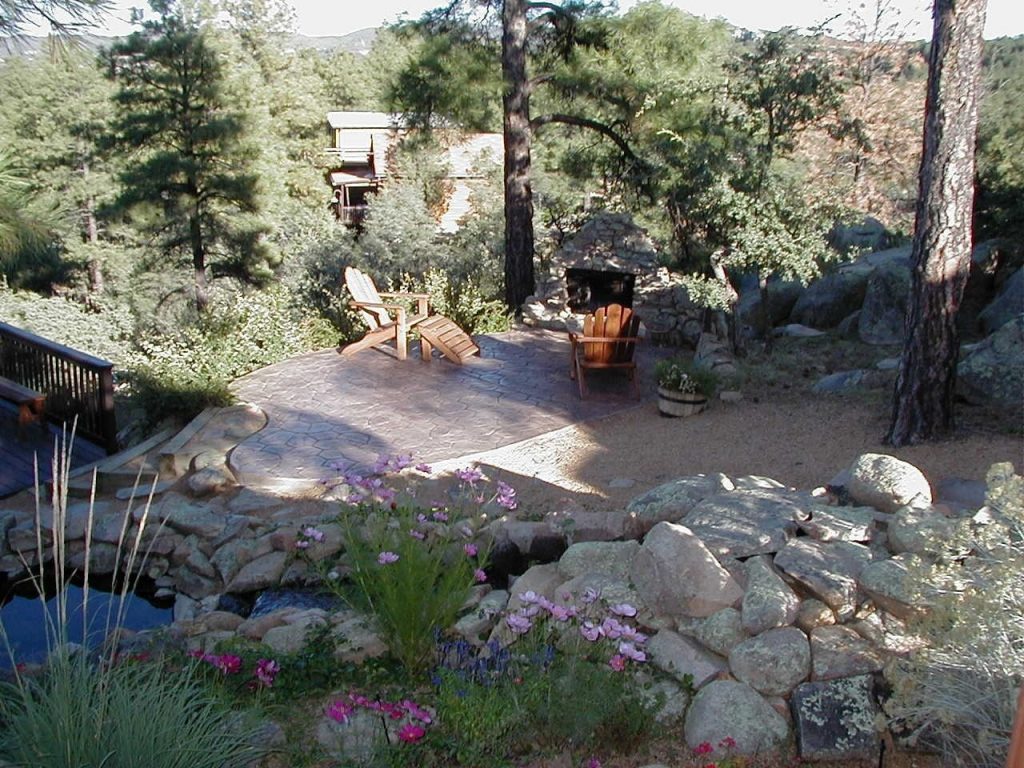The Best Strategy To Use For Hilton Head Landscapes
The Best Strategy To Use For Hilton Head Landscapes
Blog Article
The Definitive Guide for Hilton Head Landscapes
Table of ContentsIndicators on Hilton Head Landscapes You Should KnowThe Basic Principles Of Hilton Head Landscapes 4 Easy Facts About Hilton Head Landscapes Shown5 Simple Techniques For Hilton Head LandscapesThe 8-Minute Rule for Hilton Head LandscapesHilton Head Landscapes for DummiesGetting My Hilton Head Landscapes To Work
Line develops all kinds and patterns and can be utilized in a variety of methods the landscape. Line in the landscape is developed by the edge between two materials, the overview or silhouette of a form, or a long straight function. Lines are a powerful device for the designer because they can be used to create a limitless range of forms and types, and they control activity of the eye and the body.

Lines can have one or more characteristics, such as those explained listed below, yet they generally serve various objectives. Number 1. Lines in the landscape - hilton head landscapers. The properties of lines establish exactly how people react to the landscape, both emotionally and literally. Straight lines are structural and forceful; they create an official personality, are typically related to a balanced layout, and lead the eye straight to a prime focus.
5 Simple Techniques For Hilton Head Landscapes
Straight lines are usually found in hardscape edges and material. Curved lines develop an informal, natural, unwinded character that is associated much more with nature and asymmetrical equilibrium. Bent lines relocate the eye at a slower pace and add enigma to the area by producing concealed sights. Vertical lines relocate the eye up, making a room feel bigger.
Vertical lines in the landscape include tall, narrow plant product, such as trees, or tall frameworks, such as an arbor or a bird house on a post. Straight lines move the eye along the ground plane and can make a room feel larger. Low lines are extra suppressed and create a sensation of rest or repose.
The Best Guide To Hilton Head Landscapes
Lines are also developed by the upright types of developed attributes and plant product. There are three key line types that create type in the landscape: bedlines, hardscape lines, and plant lines.
Bedlines link plant product to your house and hardscape since the eye follows the line, moving the gaze via the landscape. Hardscape lines are created by the side of the hardscape, which delineates the constructed structure. Line can also be produced by lengthy and narrow materials, such as a fencing or wall surface.
An Unbiased View of Hilton Head Landscapes
Kind is located in both hardscape and plants, and it is normally the leading visual element that spatially organizes the landscape and frequently determines the design of the yard. The kind of frameworks, plant beds, and garden accessories also determines the total kind style of the yard. Official, geometric forms include circles, squares, and polygons.
Plants produce type in the yard through their details or silhouettes, however type can also be specified by a void or unfavorable space in between plants - Landscaping bluffton sc (https://www.tripadvisor.in/Profile/h1tnhdlndscps). Circles can be complete circles, or they can be divided right into fifty percent circles or circle sections and combined important source with lines to create arcs and tangents
Hilton Head Landscapes Things To Know Before You Get This
Circles are a solid layout kind since the eye is constantly attracted to the facility, which can be used to highlight a focal factor or link other kinds. Round forms in hardscape and yard panels.
The square kind can additionally be fractional and used repeatedly to produce a grid pattern. Unlike circles, squares are more powerful on the sides, which can be lined up or overlapped to develop unique patterns and even more complex types. Polygons are many-sided types with straight edges. Triangles, for instance, are three-sided polygons.
Meandering lines often imitate the all-natural program of rivers or streams and can be described as smooth lines with deeply bent undulations. Twisting lines (Figure 3) function well for pathways, plant bedlines, and completely dry stream beds. Meandering lines can add passion and enigma to a garden by leading viewers around corners to uncover brand-new views and rooms.
Excitement About Hilton Head Landscapes

Number 5. Fragmented sides: tipping rocks in path. Type is one of the most enduring high quality of a plant (hilton head landscapers). https://hub.docker.com/u/h1tnhdlndscps. Usual plant forms are well developed and standard, as kind is one of the most constant and well-known attribute of plants. Form can likewise be developed through the massing of plants, where the general mass creates a different kind than a specific plant.
A highly contrasting form must be used with careone or 2 job well as a focal point, however way too many develop disorder. All-natural plant kinds, as opposed to over-trimmed types, must develop the bulk of the composition. The significance of total type is basically depending on the viewing perspectivethe type of a tree can appear fairly different to a person standing under the cover versus viewing the tree from a distance in an open area.
Hilton Head Landscapes Can Be Fun For Everyone
Plant kinds also develop and define deep space or open areas in between the plants, creating either convex or concave forms in deep spaces. High-arching tree branches usually develop a concave open room under the branches, and a rounded canopy with low branches fills the area to produce a convex type outdoors room under the tree.

Report this page